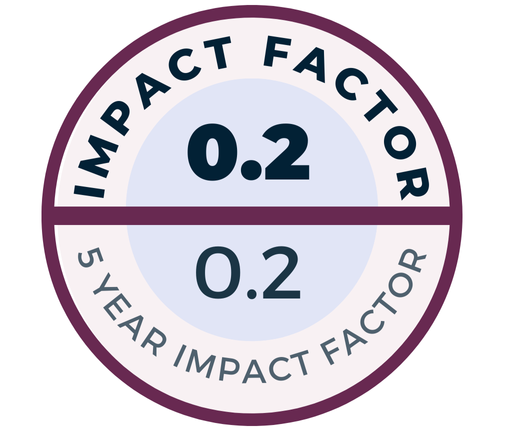Background: In this study, we aimed to investigate the functional and anatomical outcomes of the intact canal wall approach compared to modified canal wall down tympa nomas toide ctomy , for assessing the benefits or disadvantages of canal wall preservation. Methods: Patients who had a tympanomastoidectomy operation either with intact canal wall or canal wall down approach were retrospectively reviewed. The main indications for surgery, recurrent disease, and need for revision surgery, along with graft status for anatomic and air-bone gap and gain in decibel hearing level for hearing outcomes were noted. Results: Of 97 patients, 48 without a cholesteatoma had intact canal wall approach, and among 49 cholesteatoma cases, 36 had intact canal wall and 13 had canal wall down approaches. Recurrence was detected only in 4 cases (11.1%) operated with intact canal wall technique. In all groups, graft success rates were similar. Conversely, regarding hearing outcomes, a significant difference was detected in favor of intact canal wall approach in terms of postoperative air-bone gaps (P = 0.41). Conclusions: Our results showed a significant advantage of intact canal wall procedure in terms of better postoperative air-bone gaps in the functional benefit of our patients. Nevertheless, for a smaller group of patients, a canal wall down approach remains to be the optimum choice in management.
Cite this article as: Beton S, Ocak E, Mülazimoğlu S, Rehan M, Başak H, Meço C. Preserving the canal wall in mastoidectomy: Functional and anatomical outcomes. ENT Updates. 2022; 12(2):77-81.

.jpeg)
